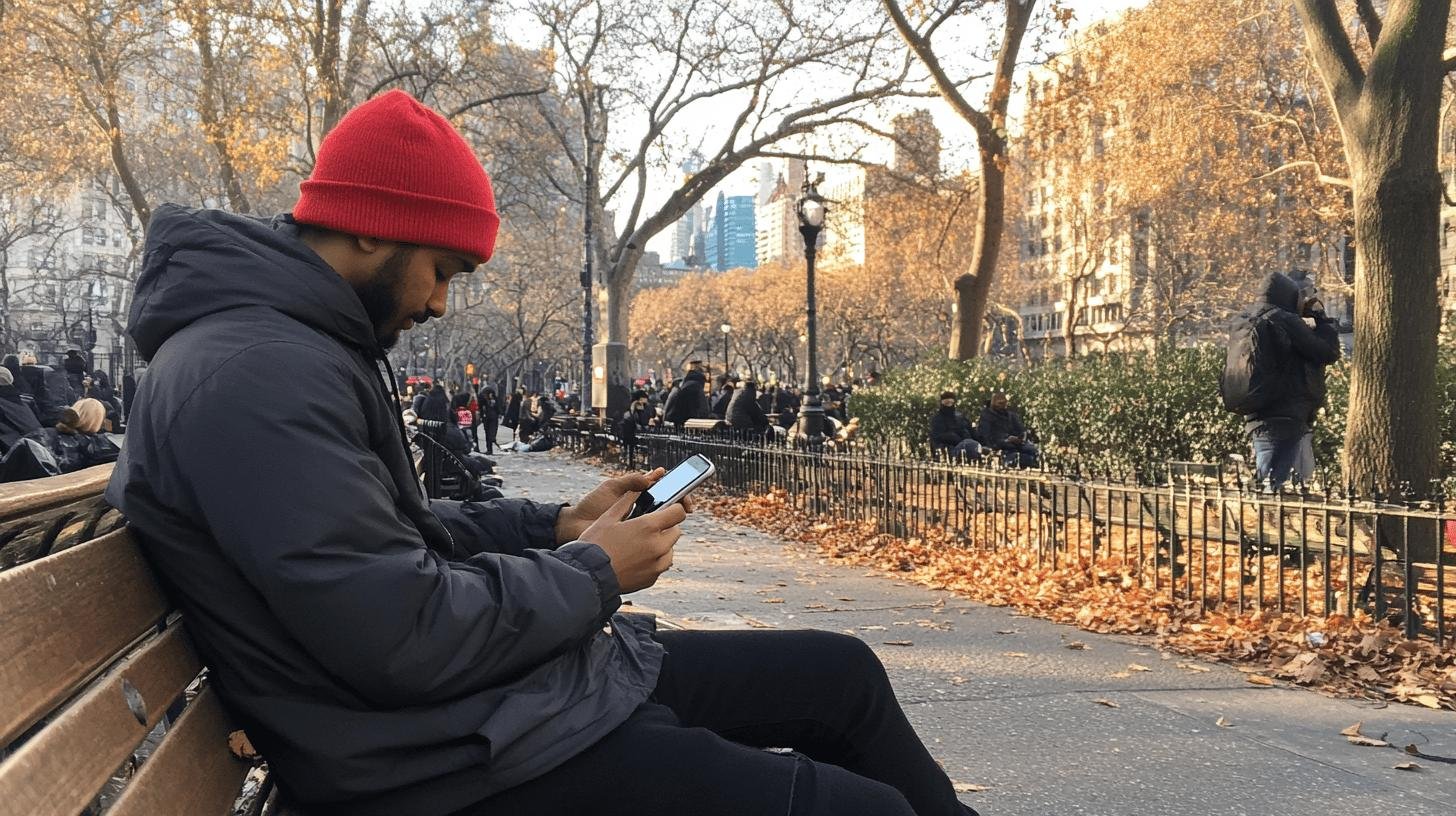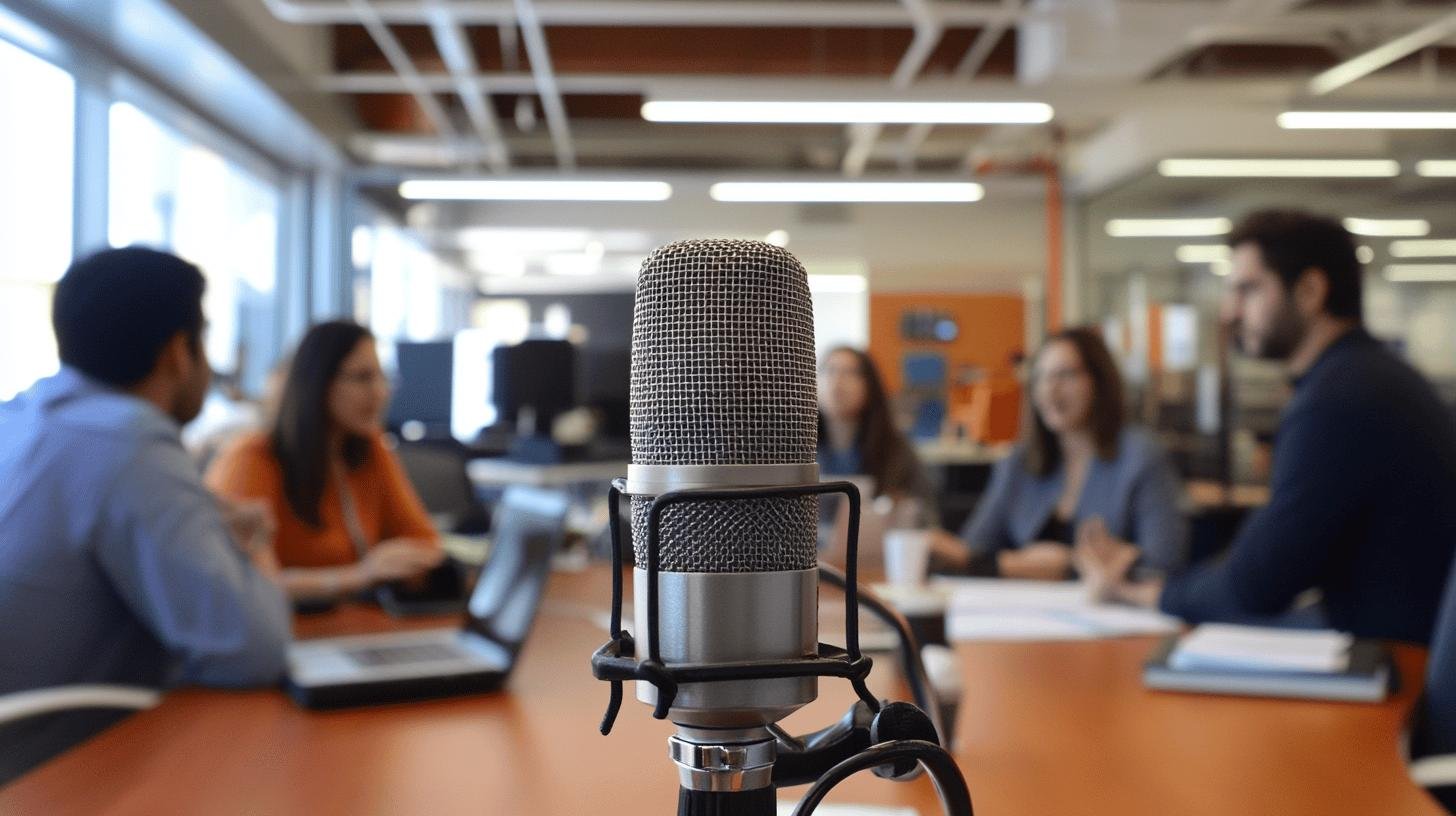TL;DR:
- The complex relationship between media and freedom of speech shapes modern democracy,
- The First Amendment protects U.S. media freedom and free speech, essential for democracy.
- Key challenges include censorship, violence against journalists, economic pressures, disinformation, and surveillance.
- Social media enhances free speech but raises accountability and moderation concerns.
- Section 230 protects platforms from liability, complicating content regulation.
- Key court cases, like New York Times vs. Sullivan, shape media rights.
- Media censorship presents ethical challenges, balancing free speech with societal harm.
- Blockchain technology may enhance media freedom by decentralizing control and ensuring transparency.
- Ongoing challenges include digital censorship and misinformation, impacting independent media sustainability.
Is speaking freely in today’s world as easy as posting on social media? The connection between media and freedom of speech has never been more important to understand. From news reporters getting blocked to social media deciding what we can post, it feels like our right to speak freely faces new challenges every day. Let’s explore why this matters to everyone and what’s really happening when we try to share our thoughts in the contemporary world.
The Relationship Between Media and Freedom of Speech
The First Amendment plays a crucial role in protecting freedom of speech and the press in the U.S. It is fundamental to democratic society. Historically, this amendment has allowed the media to report openly, keeping the public informed and holding the government accountable. By ensuring these freedoms, the First Amendment enables media platforms to be vehicles for expression and public discussion. However, this freedom can be threatened by government actions, like crackdowns on journalists, which may suppress important discussions and transparency.
Various challenges further threaten media freedom:
- Censorship: Limits on media reporting reduce transparency.
- Violence Against Journalists: Threats and attacks hinder accurate reporting.
- Economic Pressures: Financial constraints may affect journalistic independence.
- Disinformation: False information undermines media credibility.
- Technology and Surveillance: Surveillance tools may monitor and restrict journalism.
Today, the media’s role is more critical than ever in democracy. It shapes public opinion and influences decisions. Challenges like censorship and economic pressures emphasize the need to protect media rights. Media must work without fear to ensure citizens are informed. This is vital for a healthy democracy, where free expression is actively supported.
Social Media and Its Impact on Freedom of Speech

Social media has changed how we exercise free speech, acting like a modern public square. These platforms let users share opinions, spread information, and join global conversations instantly. Unlike traditional media, which have regulations, social media operates under private ownership, offering a more open, less regulated space for expression. This allows a variety of voices, creating a dynamic free speech environment.
However, social media’s impact brings challenges. Section 230 of the Communications Decency Act exempts platforms from liability for user content. Critics say this lets companies avoid responsibility for harmful content, while defenders see it as crucial for open discourse. Content moderation adds complexity, as platforms must balance removing harmful speech with preserving expression, sometimes facing censorship accusations.
| Aspect | Impact on Freedom of Speech |
|---|---|
| Global Reach | Amplifies diverse voices globally |
| Section 230 | Shields platforms, sparking accountability debates |
| Content Moderation | Aims to curb harm, risks viewpoint censorship |
| Private Ownership | Adds flexibility, lacks uniform regulation |
| Misinformation Spread | Rapidly spreads both true and false content |
Social media enhances democracy by increasing transparency and participation. But misinformation and possible censorship threaten public dialogue integrity. As these platforms evolve, finding a balance between fostering free speech and ensuring responsible communication remains a key societal challenge.
Legal Frameworks and Court Cases Involving Media and Free Speech
The First Amendment is essential for media rights in the U.S., protecting free speech and press from government meddling. It provides a legal shield for free expression and reporting without fear of government censorship. This protection is crucial for a democratic society where ideas and information flow freely. The First Amendment helps maintain a strong media landscape to hold power accountable and inform the public.
Key court cases have shaped these freedoms. One significant case is New York Times vs. Sullivan, requiring proof of “actual malice” in defamation suits involving public figures. This protects media from frivolous lawsuits that might stifle investigative journalism. Another concept is the “clear and present danger” test, determining when speech can be restricted. These cases balance free speech protection and public discourse accountability.
Today’s media operations are influenced by these legal precedents, guiding editorial choices and legal strategies. Understanding these precedents helps media navigate modern journalism’s complexities, ensuring they report freely within legal standards. This influence highlights the importance of legal frameworks for media and free speech boundaries and opportunities today.
The Ethics of Media Censorship and Free Speech

Media censorship presents ethical challenges, especially in balancing free speech with societal harm. How does censorship affect free expression? It can limit viewpoints and restrict information flow, stifling public debate. While censorship might prevent harm, like blocking hate speech or misinformation, it risks infringing on free expression rights. This tension exists between maintaining societal standards and upholding individual freedoms. Private media platforms face moderation challenges, seen as safeguarding against harm or a free speech barrier.
- Hate Speech: Balancing harm prevention and free expression protection.
- Misinformation: Deciding intervention points without overstepping.
- Cultural Sensitivity: Navigating cultural norms neutrally.
- Bias in Moderation: Ensuring fair and unbiased content policies.
What are media outlets’ responsibilities here? They must weigh promoting free expression against enabling harmful content. Fair, transparent moderation policies are crucial, prioritizing user rights and societal concerns. By fostering an environment that respects both, media can positively impact public discourse and support democracy.
Media and Freedom of Speech: Challenges and Opportunities for the Future
Media freedom today faces challenges from digital censorship and government intervention. These issues impact media independence and suppress dissent. Economic pressures and rising misinformation also complicate the situation, threatening independent media credibility and sustainability.
However, there are opportunities to enhance free speech with blockchain technology. How can blockchain support media freedom? It creates transparent, tamper-proof records to authenticate sources and combat censorship. By decentralizing control, blockchain lets individuals share information without fear of suppression. This technology can foster a more open, reliable media ecosystem, enhancing trust and accountability.
Technological Innovations and Media Freedom
Tech advancements can promote free expression, but must integrate with ethical standards. How should tech balance with ethics? While tools like blockchain aid transparency, they must avoid infringing on privacy or enabling harm. Adopting tech that supports free speech, while mindful of ethical implications, is key. Balancing this is essential for protecting free speech and maintaining an environment where media thrive within societal norms.
Final Words
Understanding media and freedom of speech isn’t just about knowing our rights – it’s about protecting our ability to share ideas freely in a digital age. While we face challenges from censorship to misleading information, staying informed and speaking up about these issues helps keep our conversations open and honest. By working together, we can help create an internet where everyone’s voice matters while keeping harmful content in check.
FAQ
How do media and freedom of speech work together in today’s digital world?
Social media platforms and news outlets provide spaces for sharing ideas, but they must balance free expression with responsible content management. This relationship shapes how information spreads online and affects everyone who uses these platforms.
What happens when social media platforms remove content?
Platforms can remove posts they think break their rules, but this sometimes causes debates about censorship and fair treatment. Users can usually appeal these decisions if they think the removal was unfair.
Can the government control what media shares?
In the United States, the First Amendment limits government control over media content. However, private companies can create their own rules about what content they allow.
Why do we need to protect free speech in media?
Protected speech helps keep people informed and lets them share different viewpoints, which is essential for a healthy democracy.
What role do fact-checkers play in modern media?
Fact-checkers help fight false information by checking if news stories and social media posts are accurate, helping maintain trust in media content.

